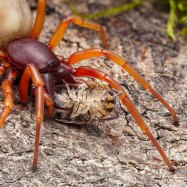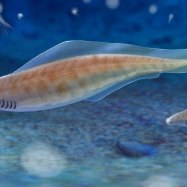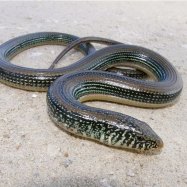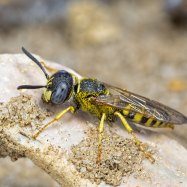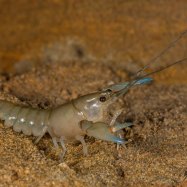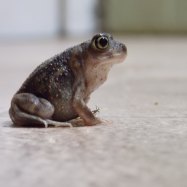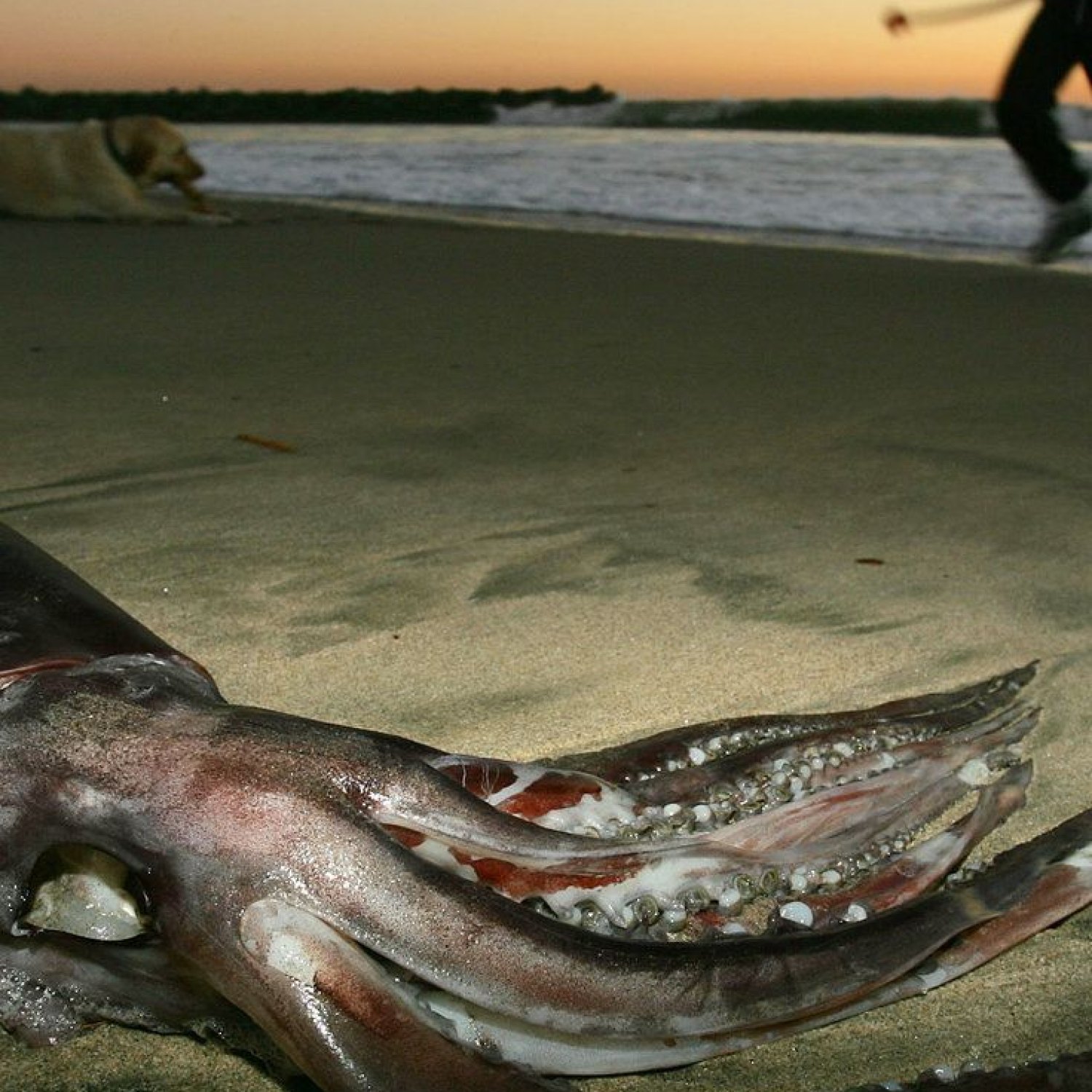
Colossal Squid
Up to 14 meters (46 feet)
The colossal squid is a rare and mysterious creature that can reach lengths of up to 14 meters (46 feet)! They are typically found in the Southern Ocean and belong to the Cranchiidae family. With a cylindrical body shape, they are known for their impressive size and powerful tentacles. Despite their intimidating appearance, these fascinating animals are a crucial part of the marine ecosystem. #ColossalSquid #SouthernOcean #MarineLife
Animal Details Summary:
Common Name: Colossal Squid
Kingdom: Animalia
Habitat: Deep ocean
The Mystery of the Colossal Squid: Exploring the Depths of the Southern Ocean
In the depths of the Southern Ocean lays a creature of mystery and marvel – the colossal squid. This elusive and elusive creature has captured the imagination of many, yet it remains one of the most enigmatic and least understood creatures in the animal kingdom. With its massive size and elusive nature, the colossal squid has fascinated scientists and laypeople alike, and it continues to surprise and amaze us with its unique features and behaviors. In this article, we will dive deep into the world of the colossal squid, exploring its physical characteristics, behavior, and habitat Colossal Squid.The colossal squid, also known by its scientific name Mesonychoteuthis hamiltoni, is a member of the cephalopod family. Its common name, colossal squid, is derived from its massive size, making it one of the largest living invertebrates on the planet. This deep-sea creature can grow up to 14 meters (46 feet) in length, and its weight can reach up to 750 kilograms (1,650 pounds). Its sheer size alone is enough to captivate and intrigue us, but there is so much more to this extraordinary creature.
The colossal squid belongs to the animal kingdom, phylum Mollusca, class Cephalopoda, and order Teuthida. Its scientific classification points to its relationship with other squids, octopuses, and cuttlefishes. However, the colossal squid is in a class of its own, known as one of the most mysterious and elusive creatures of the deep.
Found only in the frigid waters surrounding Antarctica and sub-Antarctic islands, the colossal squid is a true inhabitant of the deep ocean. Its preferred habitat is in the mesopelagic zone, which is about 200 to 1,000 meters below the surface of the water Cichlid. It is believed that the colossal squid can also venture into the lower regions of the bathypelagic zone, which can reach a depth of 4,000 meters. This makes it a challenging creature to study and understand, as it is difficult to access its natural habitat in the deep ocean.
As an ambush predator, the colossal squid is known for its elusive and stealthy behavior. Its feeding method consists of waiting for its prey and then attacking with incredible speed and force. This method has made the colossal squid a formidable predator, known to take down large prey such as fish, crustaceans, and even other squids. Its formidable size and strength allow the colossal squid to take down prey much larger than itself, making it a top predator in its habitat.
The geographical distribution of the colossal squid is primarily limited to the Southern Ocean, but it can also be found in other areas of the world, such as the Indian Ocean and the Pacific Ocean. However, due to its elusive nature and deep-sea habitat, it is difficult to determine its precise geographical distribution and population numbers. According to the International Union for Conservation of Nature (IUCN), the colossal squid is listed as a species of least concern, with no known threats to its population.
The country of origin for the colossal squid is Antarctica, a continent known for its harsh and unforgiving environment. The Southern Ocean, which surrounds Antarctica, is also a challenging place to live, with cold temperatures and treacherous conditions. However, the colossal squid has evolved to survive and thrive in this unique and extreme environment. Its body is adapted to withstand the cold temperatures, and its behavior is suited to maneuver and survive in the deep ocean.
One of the most intriguing aspects of the colossal squid is its unique coloration. Unlike other squids that have vibrant and striking colors, the colossal squid has a pale and luminescent appearance. This is due to its deep-sea habitat, where there is little to no light, and the predominant colors are shades of blue and green. The pale color of the colossal squid allows it to blend into the surrounding water, making it nearly invisible to potential prey.
Along with its coloration, the colossal squid has a distinct body shape that sets it apart from other squids. Its body is cylindrical, with long tentacles and thick, muscular arms. Its tentacles can reach up to 8 meters (26 feet) in length, making it a vital weapon in its predatory arsenal. Its body also features a pair of large eyes, thought to be the largest in the animal kingdom, and a sharp beak used to catch and eat its prey.
The colossal squid also has a unique feature that sets it apart from other squids – its size. As mentioned earlier, it is one of the largest invertebrates in the world. Its colossal size has captured the imagination of many, and it has been the subject of myths and legends among sailors and fishermen for centuries. In fact, the first recorded encounter with the colossal squid was in 1925 when a French ship discovered two massive tentacles in its fishing nets, sparking rumors and stories of giant sea monsters.
Today, the study and understanding of the colossal squid are still in its infancy. With limited sightings and difficulties in accessing its habitat, scientists are constantly discovering new facts about this elusive creature. In 2007, the first live colossal squid was caught in Antarctic waters, providing valuable insight into its physical characteristics and behavior. Before this, most of what we knew about the colossal squid was based on the examination of dead specimens.
Despite its mysterious and awe-inspiring nature, the colossal squid has not been officially declared endangered or threatened. However, with the increase in deep-sea fishing and climate change, there is a growing concern for the survival of this unique creature. The Southern Ocean is a fragile ecosystem, and any disturbance can have a significant impact on its inhabitants, including the colossal squid.
In conclusion, the colossal squid is a fascinating and mysterious creature that continues to surprise and amaze us. With its massive size, elusive behavior, and unique adaptations, it has captured the imagination of many, and there is still so much to learn about this creature of the deep. The key to preserving and protecting the colossal squid lies in understanding more about its biology and habitat, and it is our responsibility to ensure the survival of this incredible animal for generations to come.

Colossal Squid
Animal Details Colossal Squid - Scientific Name: Mesonychoteuthis hamiltoni
- Category: Animals C
- Scientific Name: Mesonychoteuthis hamiltoni
- Common Name: Colossal Squid
- Kingdom: Animalia
- Phylum: Mollusca
- Class: Cephalopoda
- Order: Teuthida
- Family: Cranchiidae
- Habitat: Deep ocean
- Feeding Method: Ambush predator
- Geographical Distribution: Antarctic and sub-Antarctic waters
- Country of Origin: Antarctica
- Location: Southern Ocean
- Animal Coloration: Pale, luminescent
- Body Shape: Cylindrical
- Length: Up to 14 meters (46 feet)
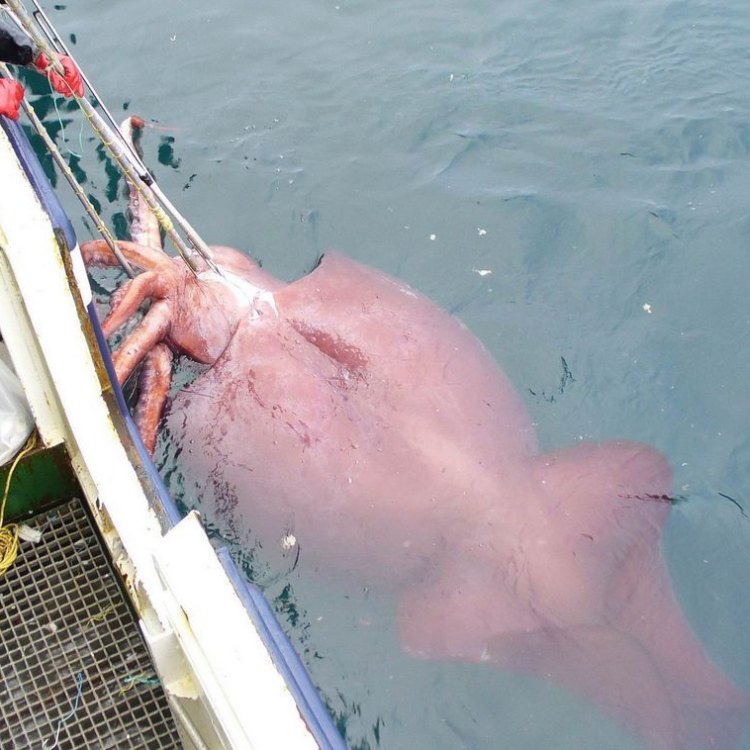
Colossal Squid
- Adult Size: Giant Colossal Squid: Up to 14 meters (46 feet), but usually around 7 meters (23 feet)
- Average Lifespan: Unknown, estimated to be less than 5 years
- Reproduction: Sexual
- Reproductive Behavior: Unknown
- Sound or Call: Unknown
- Migration Pattern: Unknown
- Social Groups: Solitary
- Behavior: Aggressive, elusive
- Threats: Predation by sperm whales
- Conservation Status: Data Deficient
- Impact on Ecosystem: Unknown
- Human Use: Research, education
- Distinctive Features: Giant size, long tentacle and arms, large eyes, sharp hooks on tentacles
- Interesting Facts: The Colossal Squid is one of the largest invertebrates in the world. It has the largest eyes of any known animal.
- Predator: Sperm Whale
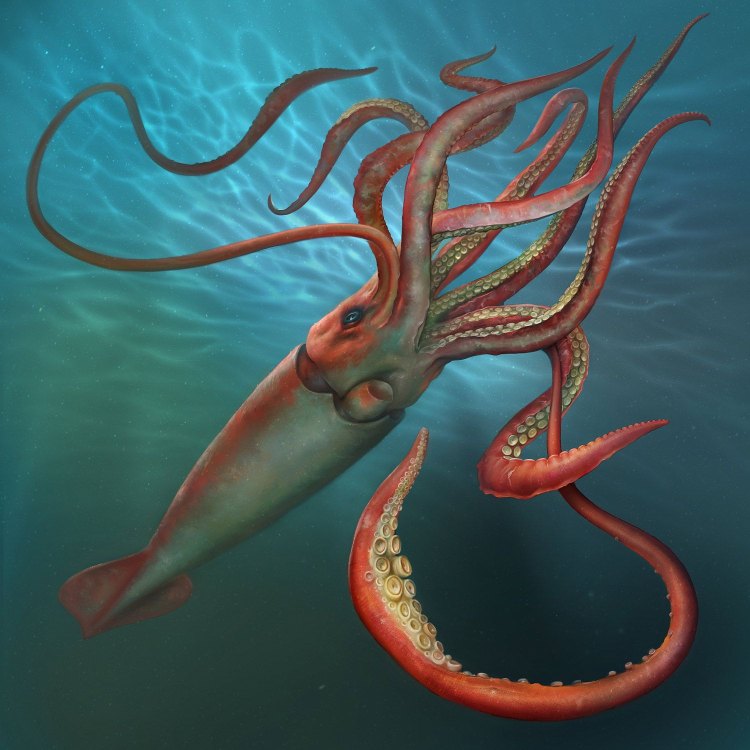
Mesonychoteuthis hamiltoni
Size and Lifespan
As its name suggests, the Colossal Squid is truly colossal in size. It can reach up to 14 meters (46 feet) in length, making it one of the largest invertebrates in the world. However, it's worth noting that this is the maximum recorded size, and the average size of a Colossal Squid is around 7 meters (23 feet). To put it into perspective, that's almost the length of two average-sized cars lined up end to end.
But despite its massive size, the lifespan of the Colossal Squid remains a mystery. It's estimated to be less than 5 years, but due to limited research and observations, this number is still uncertain.
Reproduction and Behavior
Like many other animal species, the reproductive behavior of the Colossal Squid is still unknown. However, it is believed to be sexual, where a male and female squid mate to produce offspring. As for their behavior, they are known to be aggressive and elusive, making it challenging to study them in their natural habitat Cockapoo. This behavior might be a defense mechanism against their main predator, the sperm whale.
Distinctive Features
The Colossal Squid has many unique and distinctive features that set it apart from other creatures. Its giant size and long tentacles and arms are obvious standouts, but its eyes are truly one of a kind. The Colossal Squid has the largest eyes of any known animal, with a diameter of up to 27 centimeters (11 inches), and these eyes are believed to be essential for hunting prey and detecting potential predators in the depths of the ocean.
Another distinctive feature of the Colossal Squid is the sharp hooks on its tentacles. These hooks are used to seize and hold onto prey, and they can even cause harm to predators such as sperm whales.
Threats and Conservation
As mentioned earlier, the sperm whale is the main predator of the Colossal Squid. These giant predators can reach lengths of up to 20 meters (65 feet) and are known to hunt and feed on giant squid and Colossal Squid. However, due to the limited studies and observations of the Colossal Squid, the impact of this predation on its population remains unknown.
The conservation status of the Colossal Squid is currently listed as Data Deficient by the International Union for Conservation of Nature (IUCN). This means that there is not enough data to determine the population and conservation needs of this species. However, it's worth noting that they are generally not targeted by fisheries and are not considered to be at high risk of extinction.
Human Use and Interesting Facts
The Colossal Squid has not been extensively studied or observed due to its elusive nature. However, it is still a subject of interest for research and education purposes. Scientists have been able to study specimens that have been caught accidentally by fishing vessels, providing valuable information about this mysterious creature.
One of the most interesting facts about the Colossal Squid is its giant size and the fact that it has the largest eyes of any known animal. This makes it even more intriguing and captivating, and it's no surprise that it has captured the attention of researchers and the public alike.
Conclusion
The Colossal Squid is undoubtedly an incredible and mysterious creature that continues to fascinate and intrigue us. With its massive size, unique features, and elusive behavior, it's no wonder that it's one of the most enigmatic animals in the world. While there is much that we still don't know about this creature, ongoing research and studies are helping us to uncover the secrets of the Colossal Squid. Let's hope that with time, we can shed more light on this fantastic and mysterious creature of the deep.
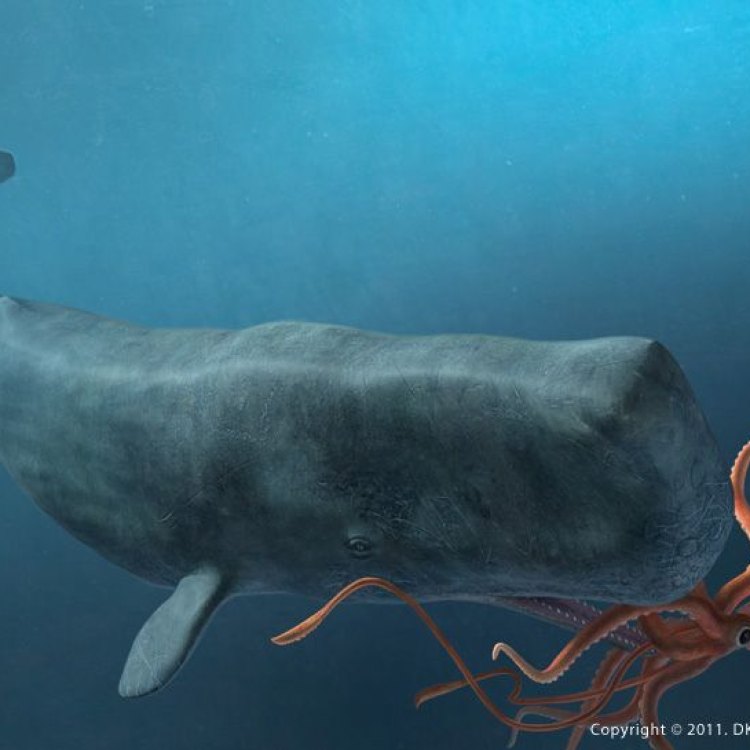
The Mystery of the Colossal Squid: Exploring the Depths of the Southern Ocean
Disclaimer: The content provided is for informational purposes only. We cannot guarantee the accuracy of the information on this page 100%. All information provided here may change without prior notice.


